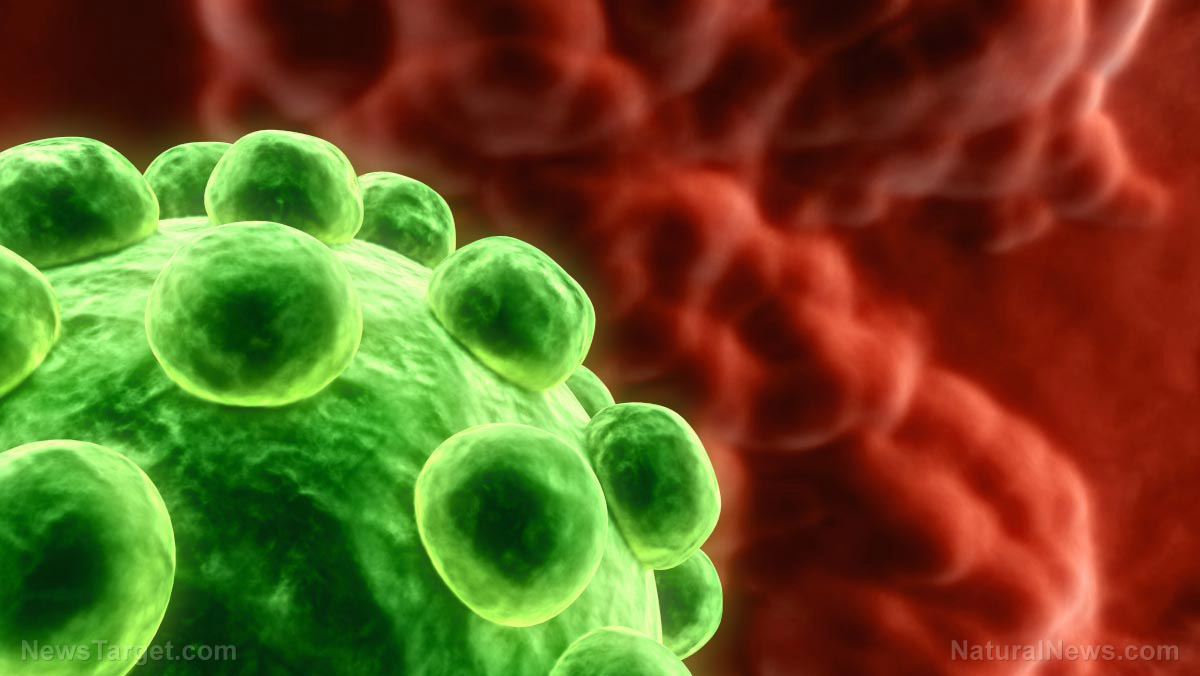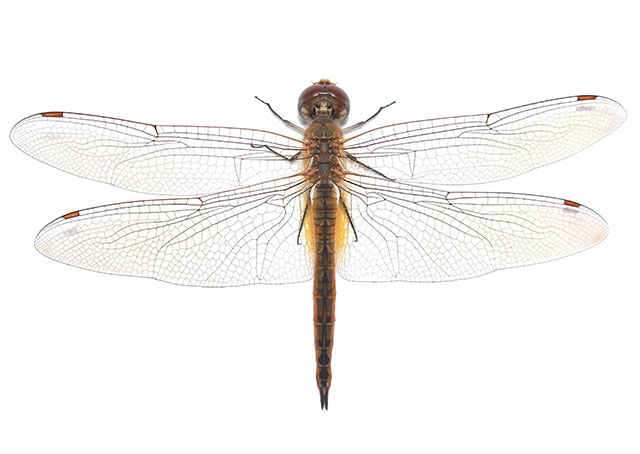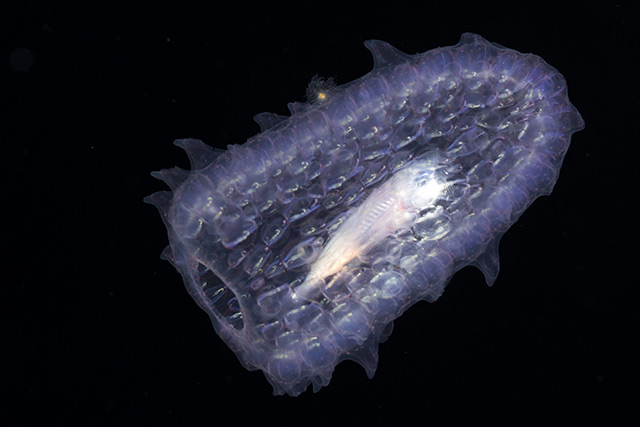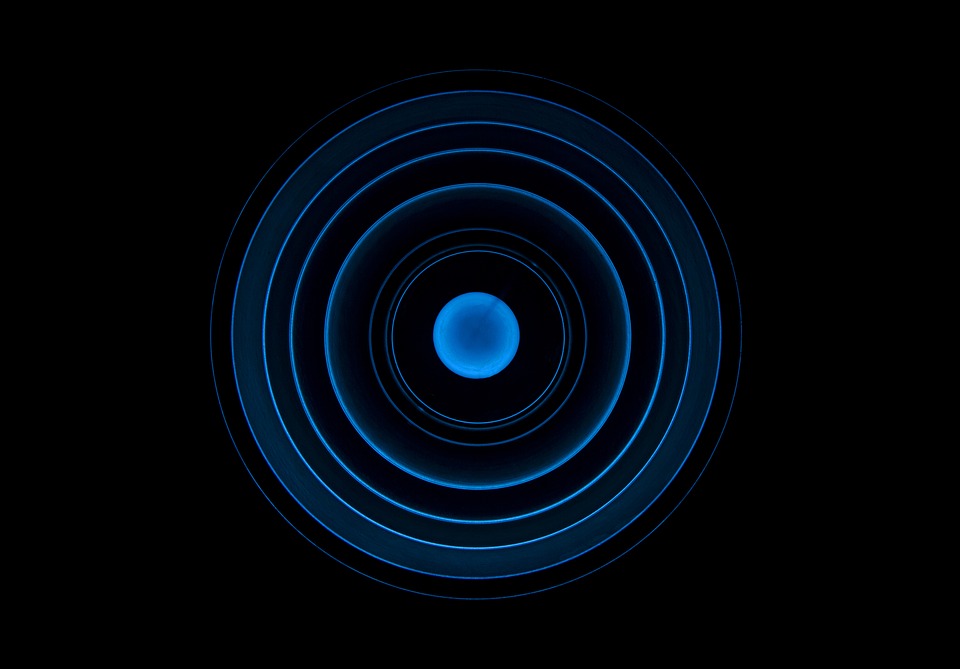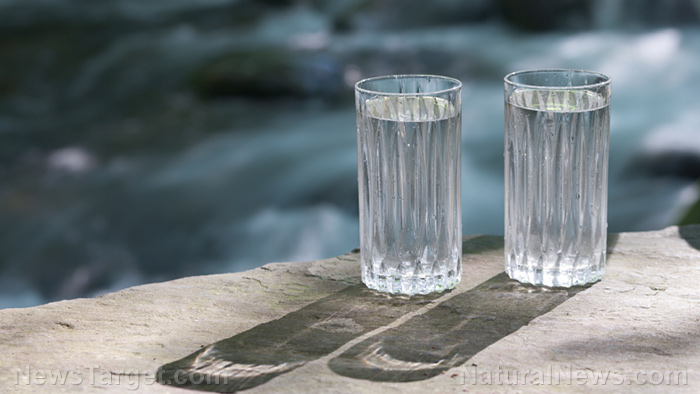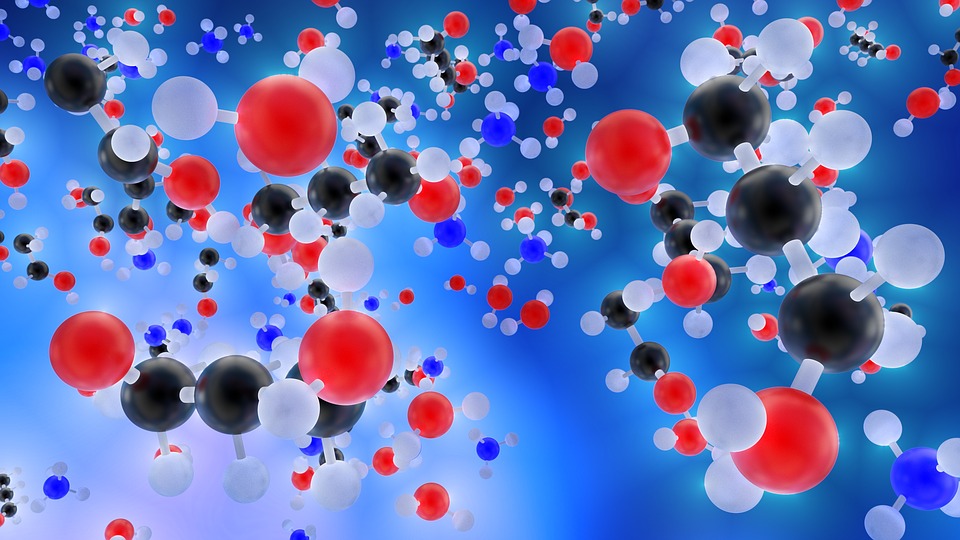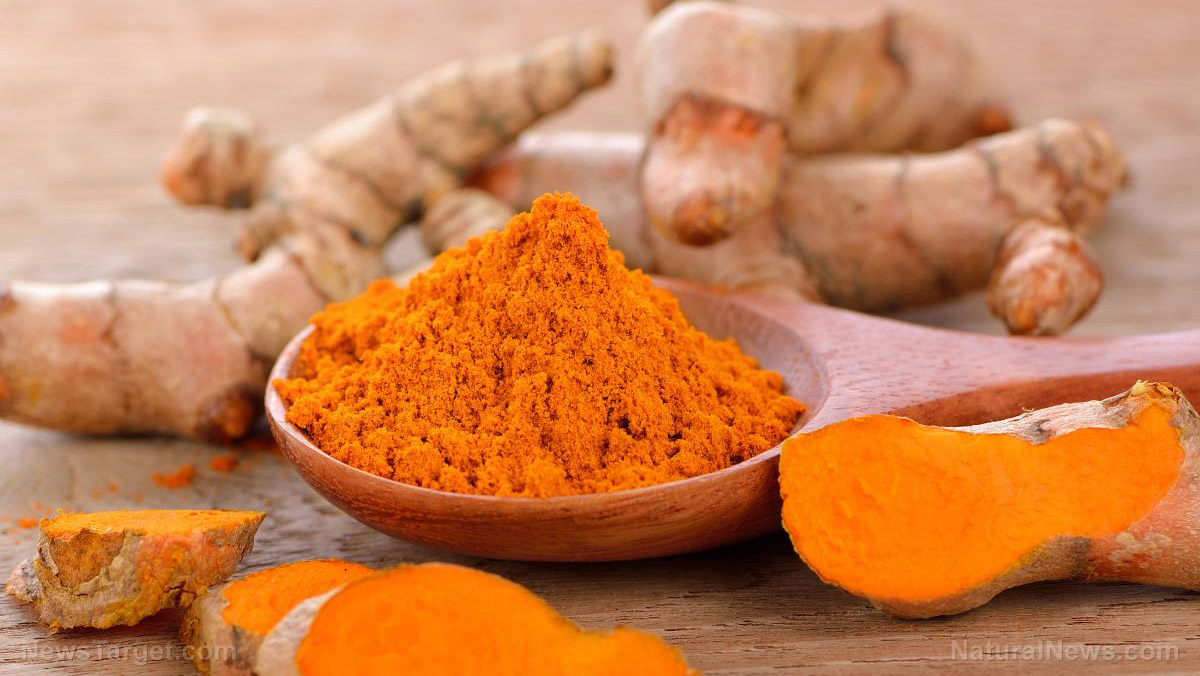Since the discovery of the first confirmed exoplanet in 1992, astronomers have found nearly 4,000 of these celestial bodies. Many of these planets orbit small stars like the numerous red dwarf stars. A Space.com article states that some of these exoplanets could support alien life despite the challenges posed by their parent star.
Despite their size, small stars are much more active than their bigger counterparts. This makes them far more dangerous to their attendant planets.
The Sun, for example, is considered a medium star. It is big enough that the intense light and heat created by thermonuclear fusion is dampened by the thick plasma that surrounds its core. The light and heat that escapes the outermost convective layer and reaches Earth are mild and conducive to life.
A red dwarf star is much smaller than the Sun. Its core is much closer to the convective layer, so much more heat and light gets out.
Furthermore, a red dwarf star is much more volatile. Sunspots on the Sun are small, but their “starspot” equivalents can take up half of a red dwarf.
These smaller stars often unleash powerful blasts of deadly radiation, and their brightness can change abruptly and intensely. These temperamental behaviors are not good conditions for life. (Related: Scientists believe the Earth had water before we had the moon, according to surprising new study.)
The habitable zones of red dwarf stars are dangerously close to the star itself
There is a thin habitable zone around every star where water can exist in liquid form. Outside of this orbit, water will either vaporize because it is too close to the star, or freeze because it is too far.
Both Earth and Mars are inside the “Goldilocks zone” of the Sun. Mars used to have liquid water, while more than two-thirds of the Earth is covered by water.
The habitable zone of a red dwarf star is much closer to the star than Mercury is to the Sun. When a small object is that close to a larger object, the smaller celestial body becomes tidally locked.
One side of a tidally locked object will always face the bigger object it orbits. This is true for the Earth’s moon, which always shows the same face to its companion.
A planet that is tidally locked to a red dwarf star fares much worse. Half of its surface is always brightly lit and broiling hot, while the opposite is perpetually dark and miserably cold.
Such a planet is also dangerously close to its host star. As mentioned earlier, red dwarf stars are very volatile, being prone to bursts of energy. Any nearby planets will often get bathed in even more radiation and light than normal.
So many red dwarf stars with exoplanets that could harbor life
However, small stars also make up most of the stellar population in the universe. Three out of every four stars is a red dwarf. Such a star having at least one small, rocky planet in its habitable zone is much more common than, say, a certain medium yellow star with one definitely habitable rocky planet and one other reddish planet that used to be habitable in the past.
Furthermore, red dwarf stars burn far less fuel at a very constant rate. They will stay lit much longer than the Sun, which experts estimate has a lifespan of 10 billion years.
The extremely long lifespan of red dwarfs gives their partner planets much more time to develop life. The planets could also have air and ocean currents that can distribute heat more evenly across its surface, making it more habitable despite being tidally locked to the star.
Learn more about potential alien life on exoplanets that orbit red dwarf stars at Cosmic.news.
Sources include:
Space.com
NASA.gov




